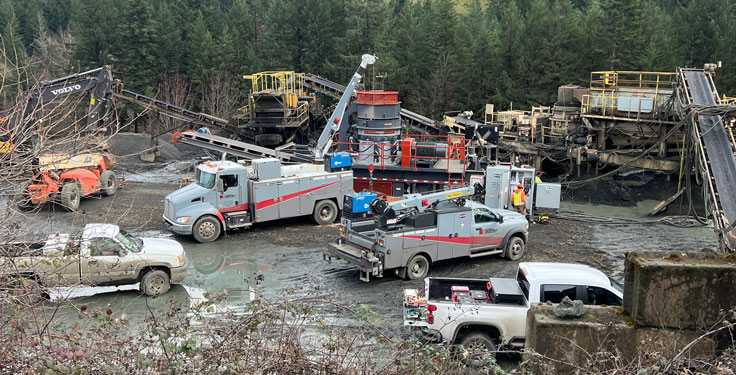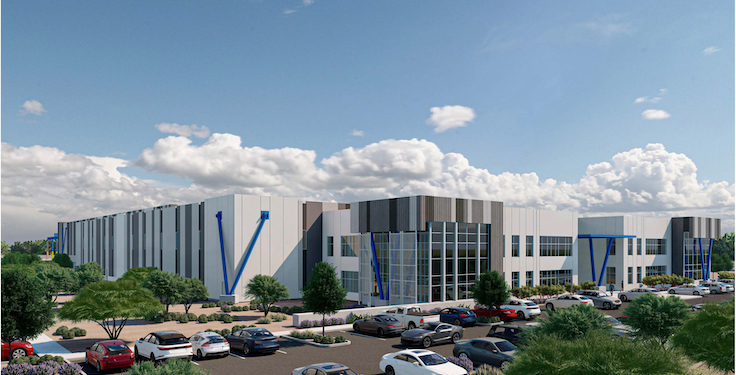The pandemic, of course, wasn’t the only driver of the mega dealer. Rainbolt also attributes the mega dealer’s rise to a variety of other factors.
“The first factor that comes to mind is overall financial resources,” he says. “This is a very capital-intensive business. It takes a lot of money to fund this business. I think it was magnified by COVID.”
Other factors Rainbolt sources as central to the changing dealer are succession planning, resistance from business founders to scale their companies, and the influence private equity has on those companies in the event there’s been a resistance to scale.
“I also think the manufacturers’ need to accelerate growth is contributing to this mega dealer model that you see popping up across the country,” he says.

Additionally, Rainbolt says today’s equipment manufacturing space is much more competitive. The environment compels some manufacturers into making dealer decisions they haven’t historically made.
“It’s a catch-22 for the manufacturers,” Rainbolt says. “In the past, they were happy with smaller dealers in each state that kept the control in their hands, essentially keeping everybody honest and in their lane.”
Also, more manufacturers are publicly traded today versus just a couple of decades ago. According to Rainbolt, that dynamic calls for different decision-making.
“If you just talk about track equipment, for instance: How many manufacturers of track equipment are there today versus 20 years ago?” Rainbolt says. “Most of these are publicly traded companies that must bring shareholder value. It requires growth on an annual basis, and it needs to be consistent. The only way you get consistent growth like that is with high volume.”
To Rainbolt’s point: Manufacturers are less willing to partner with dealers that lack proven track records.
“In order for [manufacturers] to get the growth in the time that they need to grow, they have to take risks and let dealers who were normally in one state expand to multiple states,” he says.
And that means relinquishing some control.
“[Manufacturers] need growth, and in order to get it at the level they need, it requires them to give up some control,” Rainbolt says. “That has shifted. However, the dealer must deliver.”
It’s still about partnership
Regardless of who has the power in the equation, Rainbolt stresses that the best manufacturer-dealer relationships are partnerships.
“We’ve had this conversation with our manufacturers,” he says. “They’ve had some hesitation in regard to how big can we let a dealer get before ‘they’ are calling the shots versus ‘us’ calling the shots,” Rainbolt says. We don’t look at it that way, and I don’t want there to be a power dynamic.
“The relationships we want to be in are where it’s a 50-50 partnership [and] everybody’s success is tied together,” he adds.
Related: How lead times are faring midway through 2024












